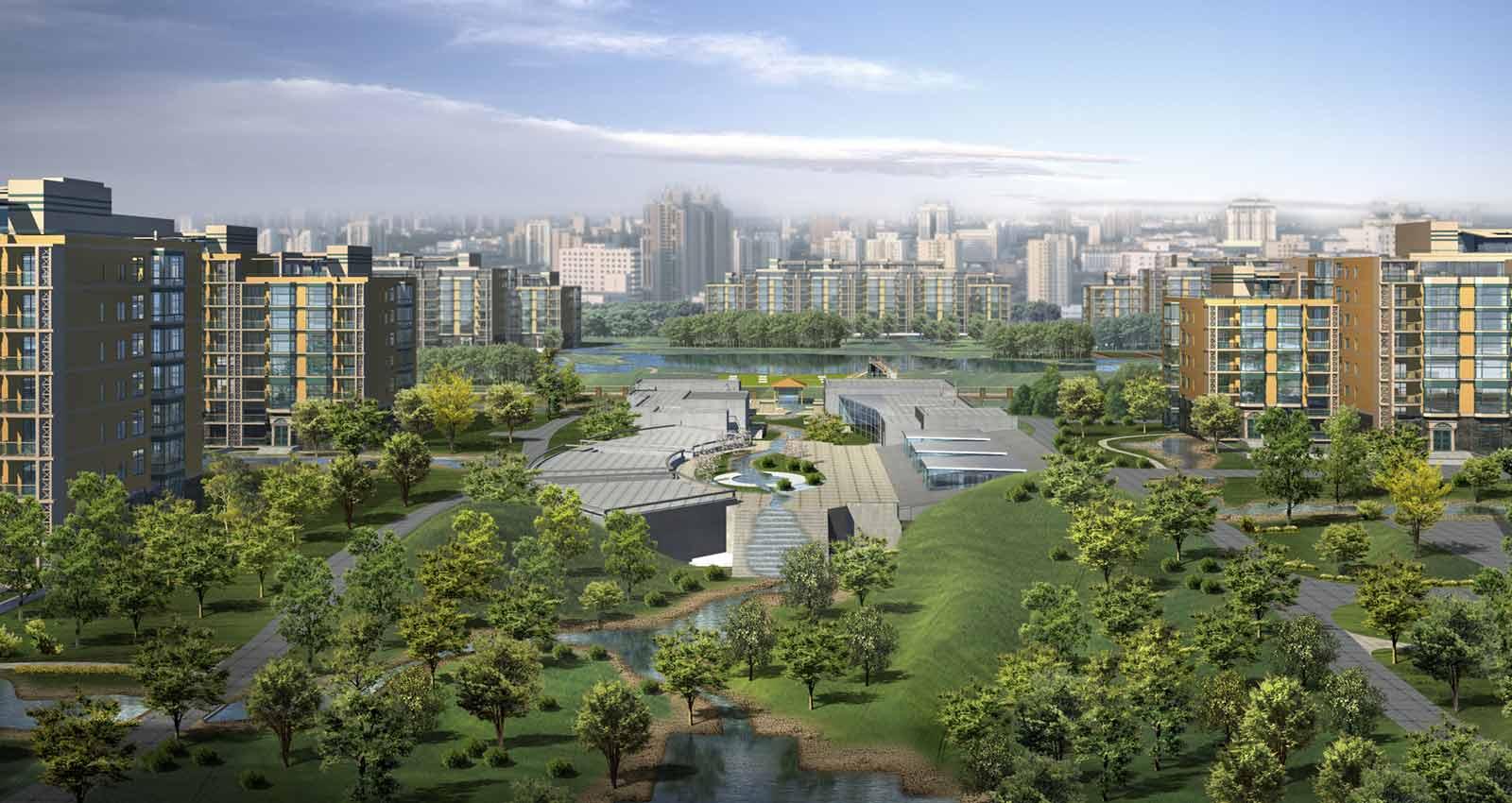Introduction
The city of Lahore is a bustling metropolis that is home to over 18 million people. The city has seen rapid growth in recent years, and the government is looking to capitalize on this by investing in new infrastructure and programs. One of these programs is the Lahore smart city, which is a massive undertaking that will see the city revamped from top to bottom. In this blog post, we will explore the goals of the Lahore smart city master plan and what you can expect when it launches.
The Development of Lahore Smart City
The city of Lahore is located in the Punjab province of Pakistan. It has a population of over 8 million and is one of the most populous cities in the country. The city has long been plagued by traffic congestion and suffers from a lack of infrastructure, which has led to poor air quality and numerous health problems. To address these issues, the government of Pakistan launched the Lahore Smart City Master Plan in 2013.
The aim of the smart city project is to improve the quality of life for residents by developing a comprehensive citywide infrastructure that includes roads, water supplies, healthcare facilities, and more. The project will also focus on improving public transportation and reducing pollution levels. In total, the project is estimated to cost over $5 billion dollars.
So far, significant progress has been made on many aspects of the project. For example, construction work on a new ring road around Lahore began in 2016 and is expected to be completed by 2020. Additionally, several new hospitals have been built or are currently under construction, including a $1 billion dollar facility designed to address chronic diseases such as diabetes and cancer. Finally, plans are underway to build an airport near the city center that will be able to handle larger passenger jets.
The Components of a Smart City
A smart city is one that is technologically advanced and incorporates features such as data management, telecommunications, and information technology. Smart cities are envisioned to be innovative, sustainable, and efficient communities that are capable of managing both local and global issues.
To meet these goals, a smart city must have an integrated system that utilizes a variety of technology platforms. The three main components of a smart city are the digital infrastructure, the human infrastructure, and the governance framework.
The digital infrastructure includes technology platforms such as telecoms networks, IT systems, sensors, and data analytics. It is responsible for facilitating communication between different parts of the city and enabling rapid response to emergencies or unforeseen events.
The human infrastructure includes the number of people who will use the smart city services and their ability to interact with these systems. It also includes the training needed to operate these systems effectively.
The governance framework ensures that all users of the system comply with approved guidelines and procedures. The framework should also provide transparency into how decisions are made affecting the citizens of the city.
Implementation of the Smart City Project
One of the most ambitious and comprehensive Smart City projects currently being undertaken in Lahore is the Lahore Smart City Project. The project, which was conceived five years ago, envisages the development of a city that is both sustainable and environmentally-friendly. To achieve this, the project team has devised a detailed plan that will encompass a number of different aspects of city life.
The first phase of the project will involve the development of an information management system that will allow public authorities to manage all forms of data collected within the city. This system will also enable citizens to access relevant information and services immediately. In addition, it will provide a platform for businesses and other organisations to engage with the city government on issues relating to policymaking and governance.
The second phase of the project involves the development of a smart mobility system that can facilitate efficient transportation within the city. The system will be based on blockchain technology and it will allow users to book rides using cryptocurrency. It will also allow riders to pay for services using cyber tokens.
The third phase of the project involves the development of a smart energy grid that can monitor and optimise energy consumption within the city. This grid will be based on distributed ledger technology and it will allow users to sell surplus electricity back to the grid. In addition, it will provide consumers with real-time information about their electricity consumption habits.
The final phase of the project involves the development of a smart infrastructure network that can connect different parts of Lahore
Conclusion
Lahore has been earmarked as Pakistan's next major city and its government is putting in place all the necessary measures to make it a world-class urban center. The Master Plan for Lahore, which was released in early 2016, envisages the city becoming a global hub for trade and commerce, with an emphasis on tourism. The ambitious plan calls for investments worth Rs 1 trillion over the next 10 years, including construction of new airports and highways, as well as creating new districts that will accommodate an influx of residents. The government is also looking to rejuvenate Lahore's old neighborhoods by developing shopping centers and sports complexes there. With such high levels of investment in mind, it is clear that Lahore aims to become not just Pakistan's economic powerhouse but also its cultural capital. With so much at stake, it is sure to be an exciting time in Lahore as preparations get underway for the Master Plan's implementation.
